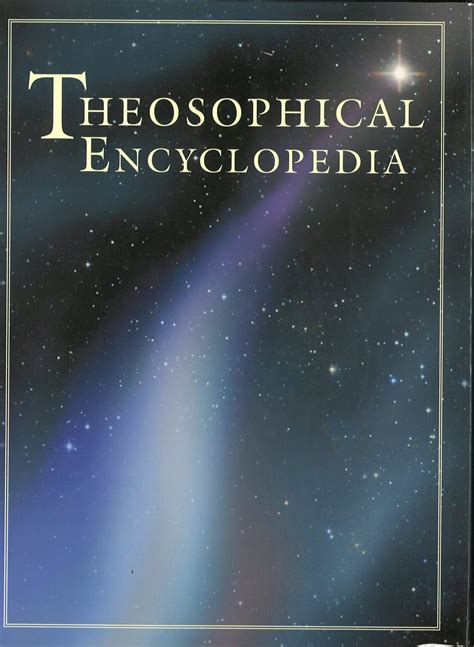The Centennial Cycle (2005-2006) by David Reigle

According to H. P. Blavatsky, the Brotherhood of Adeptsto which her teachers belong, known as the Trans-Himalayan Brotherhood, makes an attempt during the last quarter of every century to bring to the Western world some of the teachings of the Wisdom Tradition preserved in the East. The Theosophical Society founded by her in 1875 is said to be that attempt for the nineteenth century. Since such an attempt occurs each century, it has been called the centennial cycle.
A question has arisen as to the arbitrariness of this cycle in terms of its dates since there is little reason for Eastern Adepts to use the Western calendar. Moreover, it does not match any of the other cycles described by Blavatsky that are normally based on the yuga computations of the Indian Puråñas, using the ratio 4:3:2:1. This has led Dr. Roberto Fantechi in a 1963 article to assume that the real centennial cycle is one of 108 years. But for critics of Theosophy, the centennial cycle is just one more unverifiable claim.
Such a cycle, however, does in fact exist. It is an ancient cycle found in India, recorded in both Sanskrit books and stone inscriptions, and still used in places there up to the present. It is called the cycle of the Seven Rishis (saptarßi), or the seven stars of the Great Bear constellation, popularly known in the West as the Big Dipper.
The foregoing article was written by David Reigle, and published in Theosophical History, vol. 11, no. 4, Oct. 2005, pp. 5-15. This online edition, with an addition to note 17, is published by Eastern Tradition Research Institute, copyright 2006.

 This Theosophical Encyclopedia contains all the articles of the printed
This Theosophical Encyclopedia contains all the articles of the printed